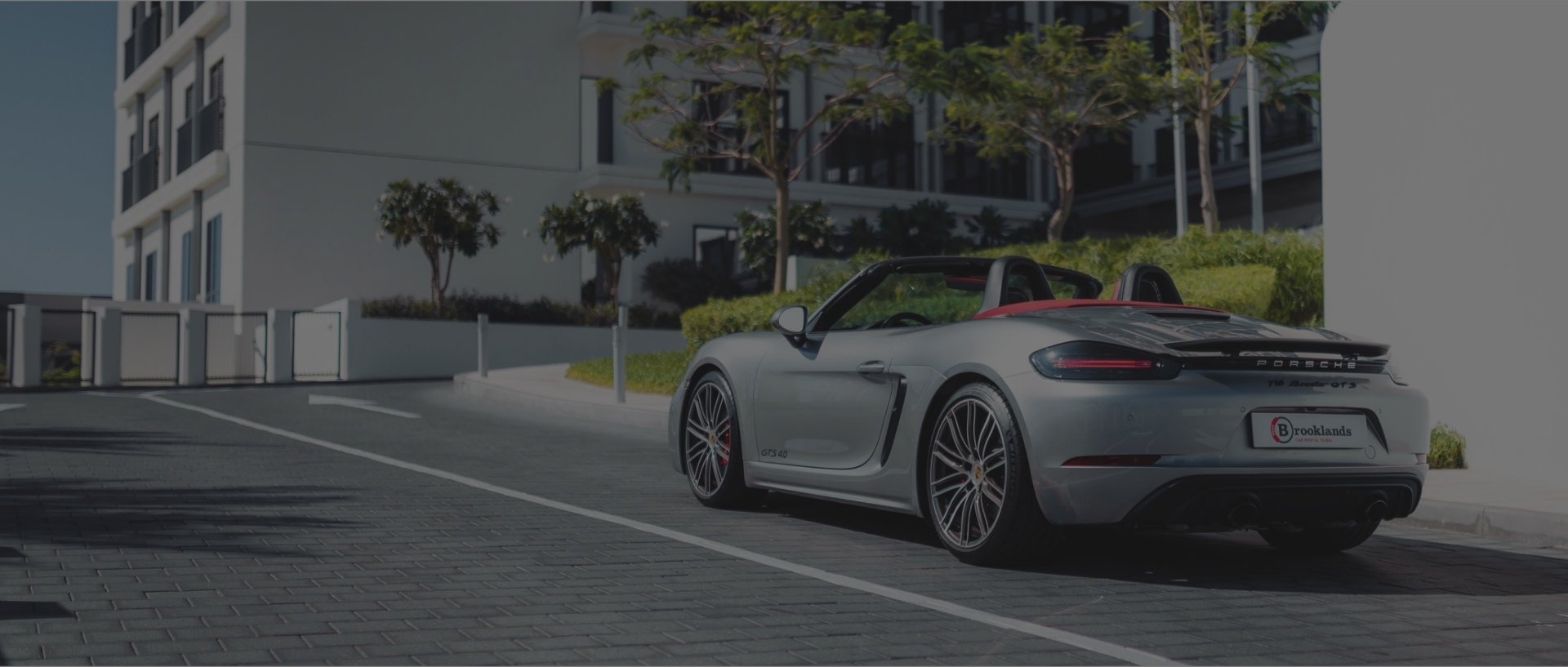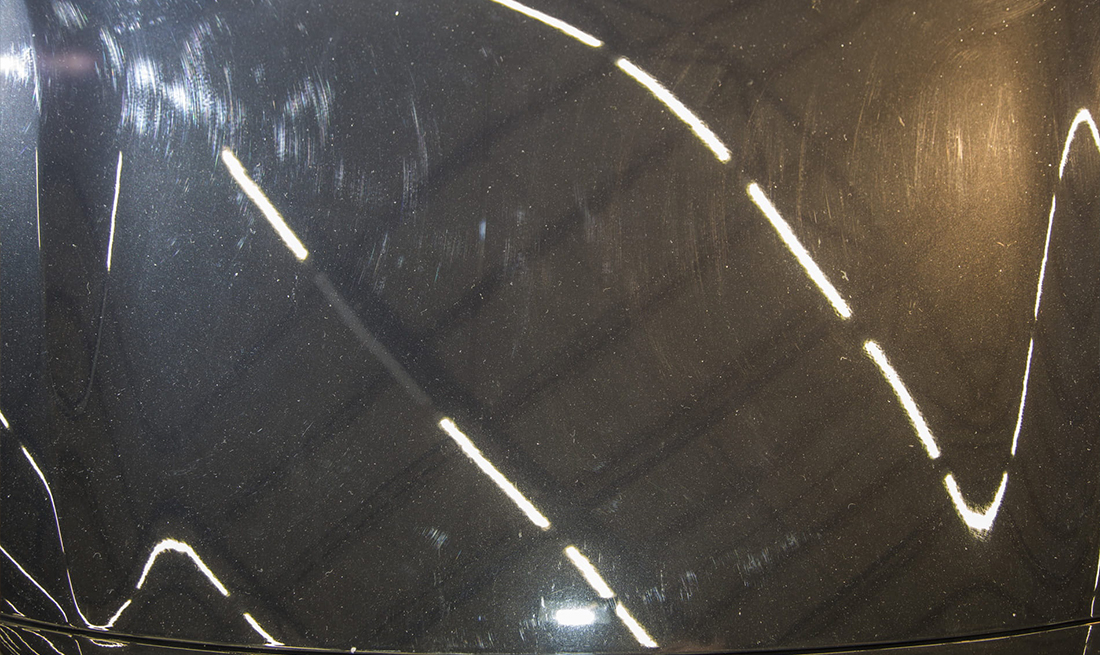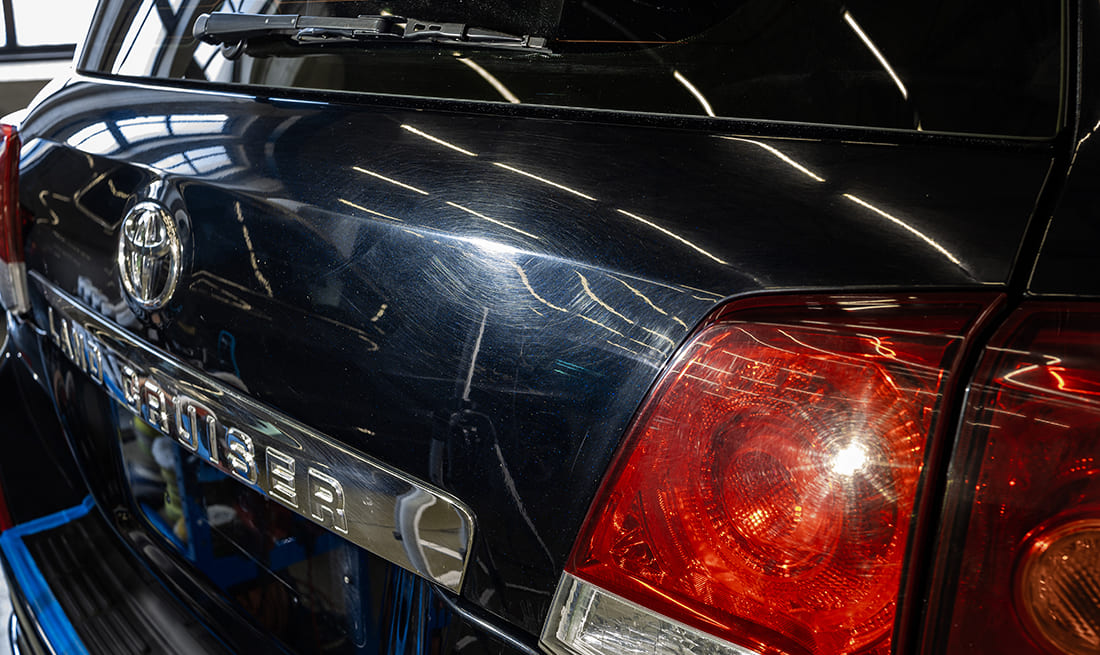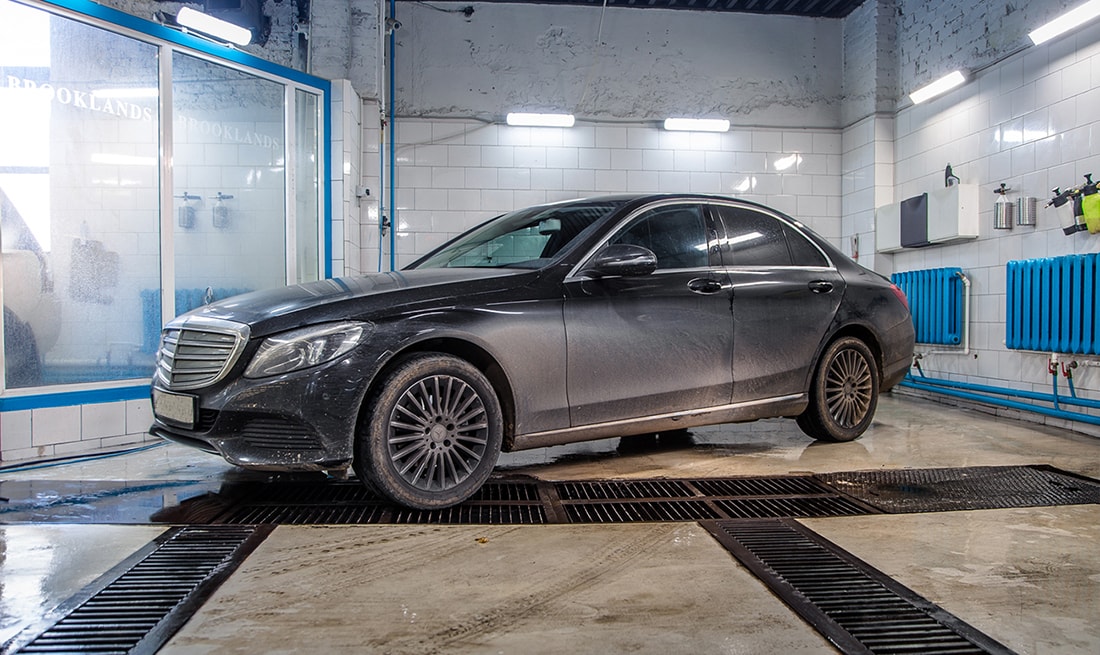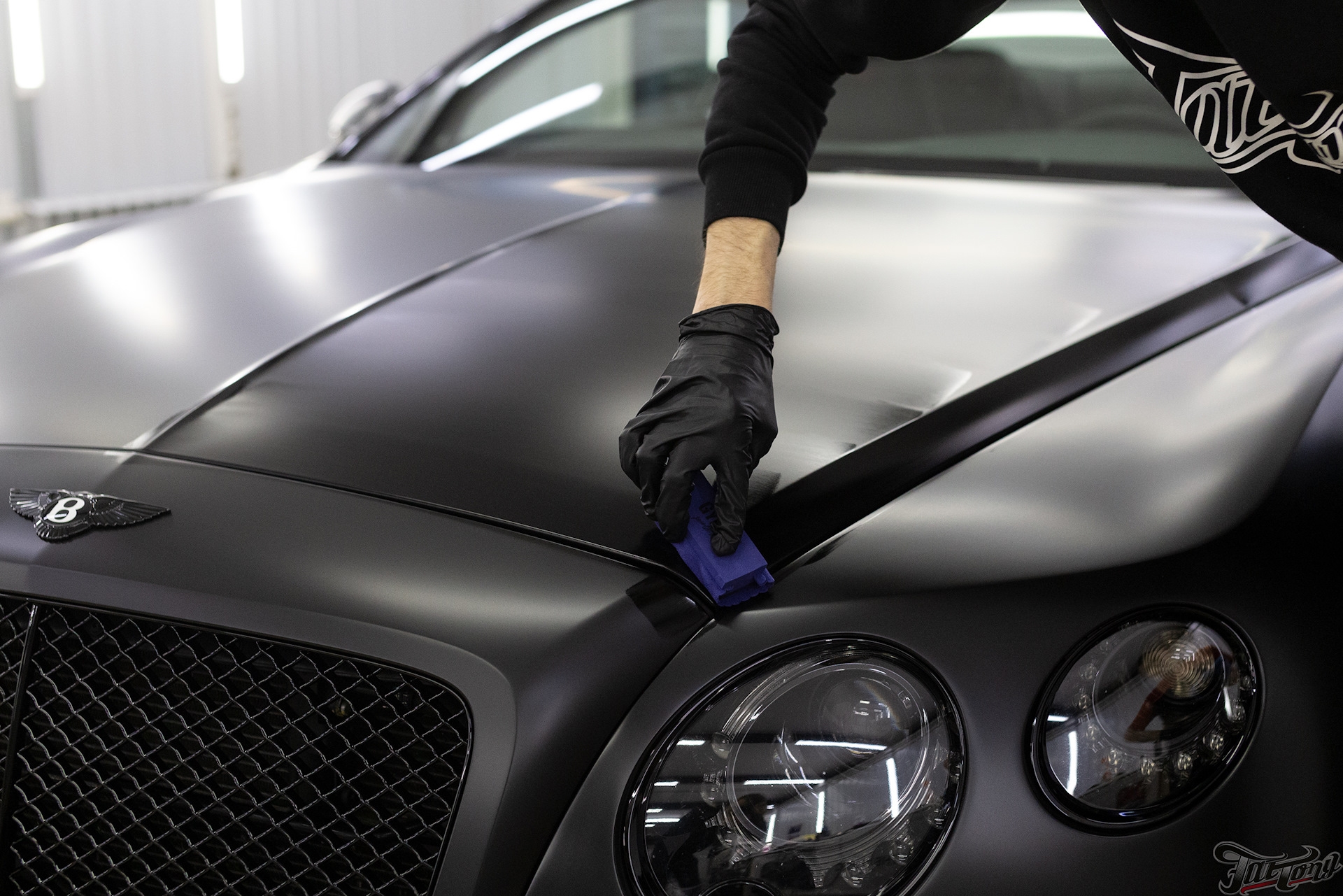
Protective wax application
Applying wax to your vehicle enhances its gloss, boosts water-repellent properties, and provides an extra layer of protection against environmental damage.
10
Years of experience
11000+
Satisfied clients
3
Branches
150+
Top-tier professionals
Protective wax application
Find your car's class
| Price List for Car Waxing Services | 1class | 2class | 3class | 4class | 5class | 6class |
|---|
Wax is particularly effective in shielding metal surfaces from moisture, thanks to its hydrophobic properties. Additionally, it helps repel dust and dirt, preventing buildup on the paintwork.
Important Pre-Wax Preparation
Before waxing, it's essential to thoroughly clean the surface, removing any dust, dirt, or streaks. Otherwise, imperfections can become sealed into the wax, creating an uneven, unappealing finish.
Types of Car Wax: Natural vs. Synthetic
- Natural Waxes – Made from organic ingredients, they provide a richer, deeper shine but require gentler maintenance with pH-neutral shampoos.
- Synthetic Waxes – Produced from petroleum-based compounds, they offer easier application and longer durability, but they tend to be more expensive due to the complexity of the formula.
Step-by-Step Wax Application Process
Applying wax isn't just a one-step process—it involves multiple layers for maximum durability and shine. Here’s how it works:
- Surface Preparation – Light paint correction may be performed to ensure a flawless base.
- PreWax Cleaner Application – Enhances wax adhesion to the paint for longer-lasting protection.
- Glaze Application – Helps conceal fine scratches and deepens the color of your vehicle’s paintwork.
- Sealant Layer – A synthetic bonding agent that locks in the glaze and improves wax longevity.
- Final Wax Coating – A premium-grade hard wax is applied for maximum gloss and protection.

Work stages
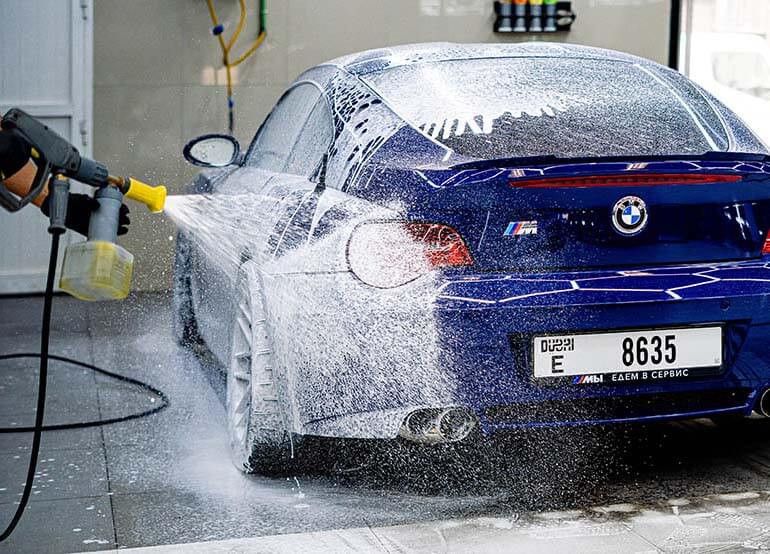
01
Washing and decontamination
Thorough cleaning of the car's body to remove dirt, dust, tar, and other contaminants.
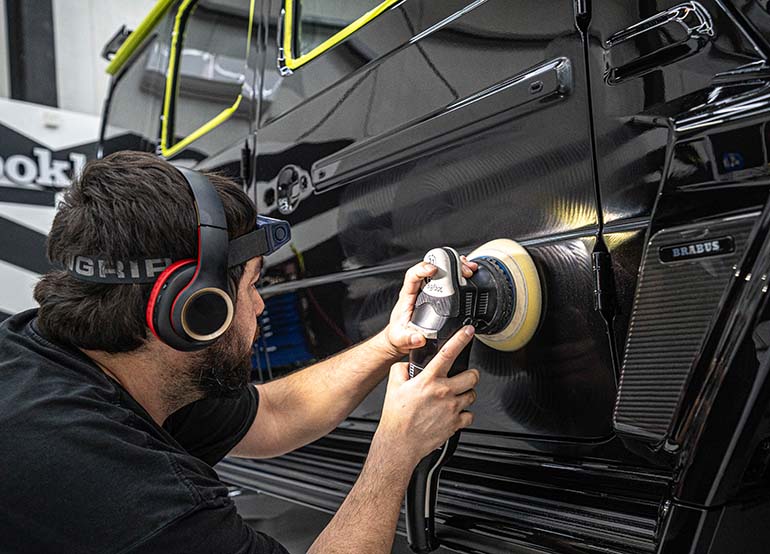
02
Defect removal
Paint correction to remove scratches, swirl marks, and oxidation.
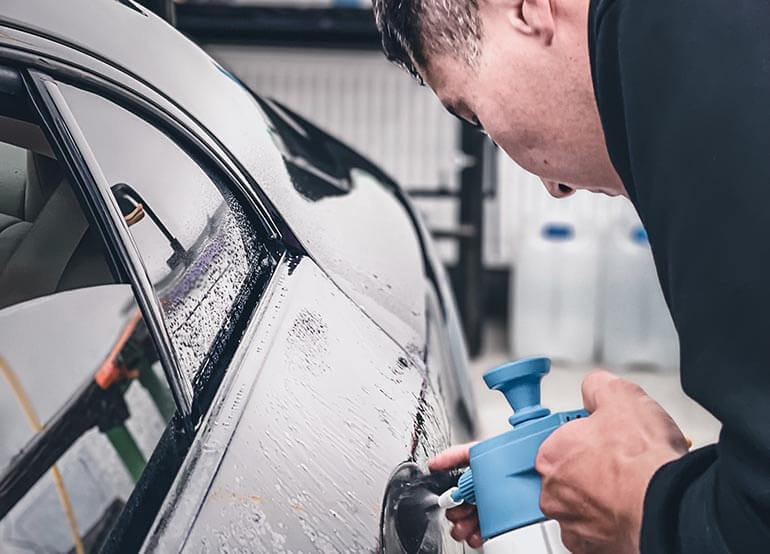
03
Surface preparation
Degreasing to ensure better coating adhesion.
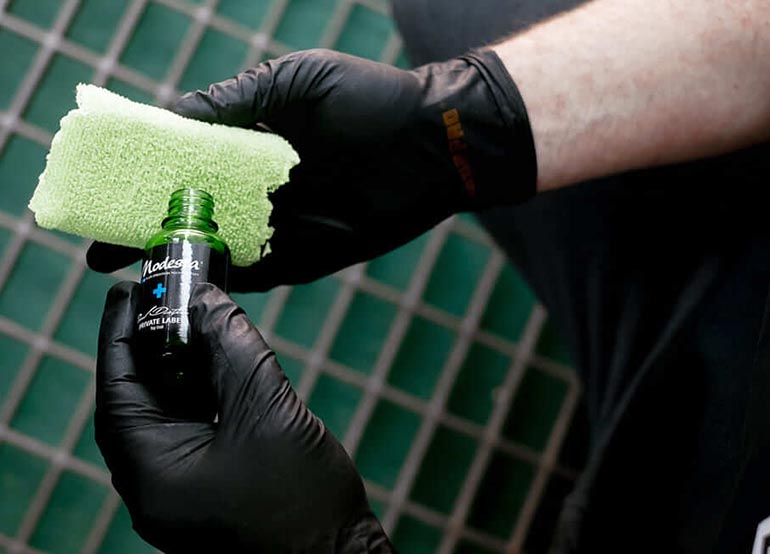
04
Ceramic coating application
Even application of the product on all treated surfaces.

05
Polymerization
Curing the vehicle in a controlled environment for full coating hardening.

06
Final inspection
Quality control and correction of any imperfections.

07
Customer briefing
Providing care recommendations for the treated vehicle.
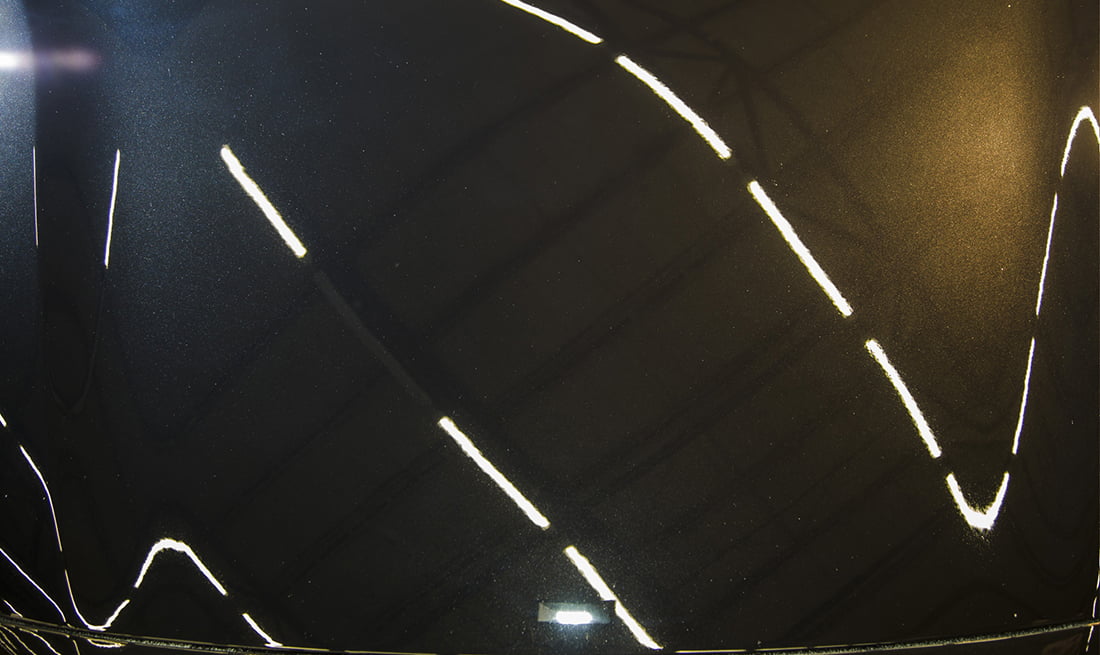
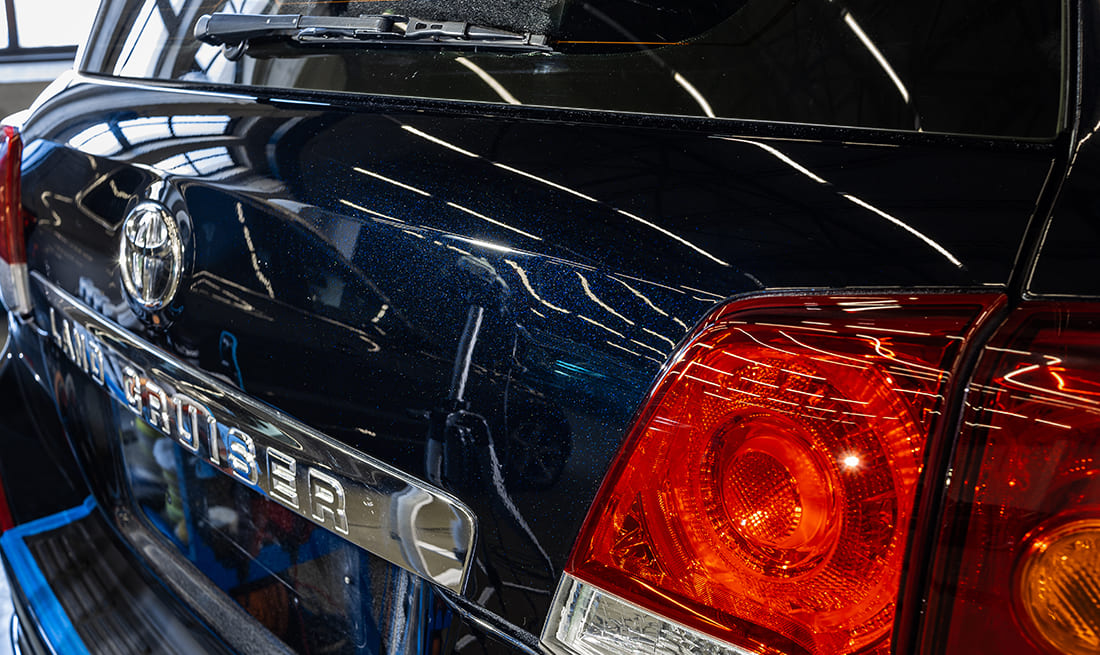
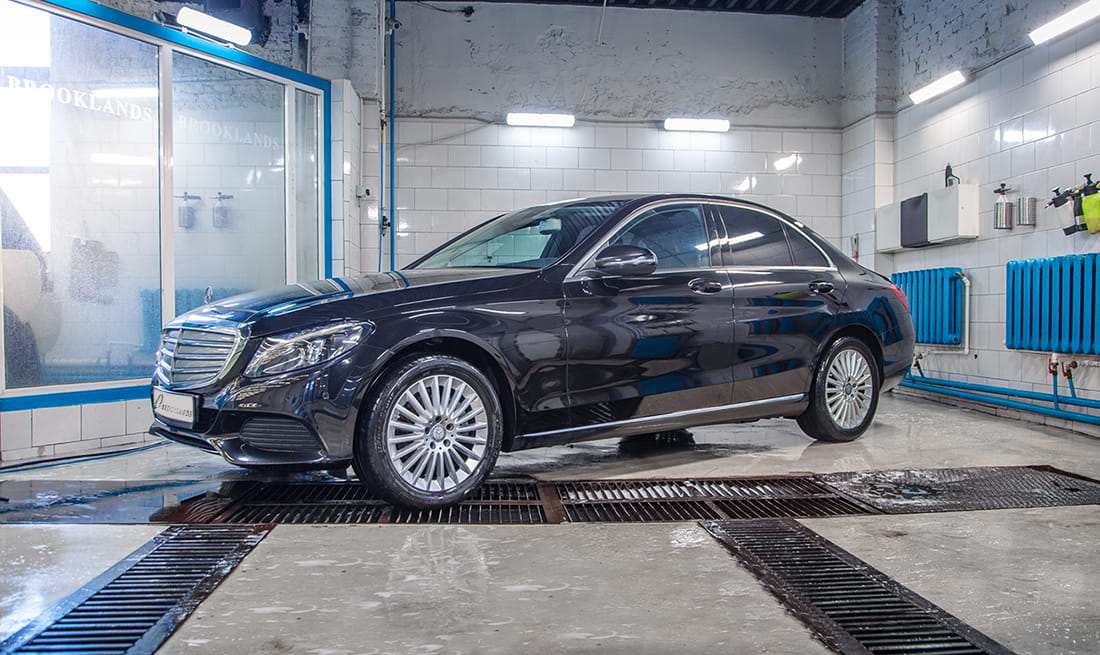
FAQs
01
How long does a ceramic coating last?
With proper care, a ceramic coating can last up to 5 years.
02
Can a ceramic coating be applied to a new car?
Yes, it’s the best way to protect a new car from day one.
03
What maintenance does a ceramic coating require?
Regular maintenance and annual servicing are recommended to keep the coating performing at its best.
04
Does a ceramic coating replace wax?
Yes, a ceramic coating provides longer-lasting and more effective protection compared to wax.
05
How long does it take to apply a ceramic coating?
The process takes between 1 to 3 days, depending on the car’s condition and the selected service package.
